
Membrane switch repair
Membrane switch repair
Membrane switch repair? During the use of membrane switches, they are usually affected by some factors and fail. So what are the common repair methods for membrane switches?
First, if the membrane switch fails due to significant external impact or long-term wear, it may be necessary to replace the entire membrane switch. This usually involves opening the device casing and replacing the damaged parts with new parts with the same specifications and functions.
Second, for membrane switches that rely on battery power, if the battery performance deteriorates or fails, then replacing the new battery may be a key step in restoring functionality.
In addition, in an electrostatic environment, the membrane switch may be affected and fail to work properly. In this case, using anti-static equipment to neutralize or eliminate static interference can help restore the stability of the membrane switch.
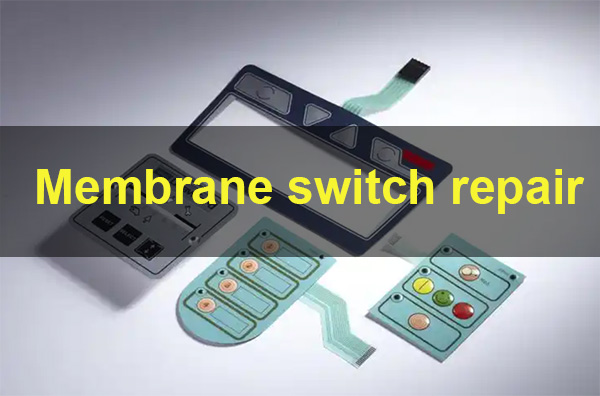
What are the parts of a membrane switch?
Membrane switch is an operating system that integrates key functions, indicating elements, and instrument panels. It consists of four parts: panel, upper circuit, isolation layer, and lower circuit. When the membrane switch is pressed, the contact of the upper circuit deforms downward and contacts the plate of the lower circuit. When the finger is released, the contact of the upper circuit rebounds, the circuit is disconnected, and the loop triggers a signal. The membrane switch has a rigorous structure, beautiful appearance, and good sealing. It is moisture-proof and has a long service life. It is widely used in electronic communications, electronic measurement instruments, industrial control, medical equipment, automotive industry, smart toys, household appliances and other fields.
How does a membrane panel switch work?
To maintain and repair a membrane switch, you must first understand its working principle and perform maintenance or repair according to the existing fault condition.
The basic working principle of a membrane switch is as follows: When the panel is not pressed, the membrane switch is in a normal state, its upper and lower contacts are disconnected, and the isolation layer isolates the upper and lower circuits; when the panel is pressed, the contacts of the upper circuit deform downward, overlap with the lower circuit and make the circuit conductive, and the conductive circuit sends a signal to the external connection instrument (substrate), thereby realizing its corresponding function; when the finger is released, the contacts of the upper circuit rebound, the circuit is disconnected, and the loop triggers a signal.
How do you clean membrane switches?
- First clean the surface where the membrane switch needs to be attached.
- Compare the size of the PVC membrane switch.
- Then peel off the centrifugal paper at the bottom of the membrane switch about 10mm from the edge.
- Finally, put the membrane switch in the corresponding position and stick it partly, then slowly tear off the remaining centrifugal paper, and then stick it to the corresponding position in sequence.
- During the posting process, if the membrane switch that is not in line with the centrifugal paper is torn off, it needs to be placed first, and it should be placed upward to prevent it from sticking to other objects and affecting the posting.
Can you replace membrane switches?
Can you replace a membrane switch? A membrane switch can be replaced. If the membrane switch is hit by a large external force or fails due to long-term use, you may need to replace the membrane switch. The specific steps for replacing a membrane switch are as follows:
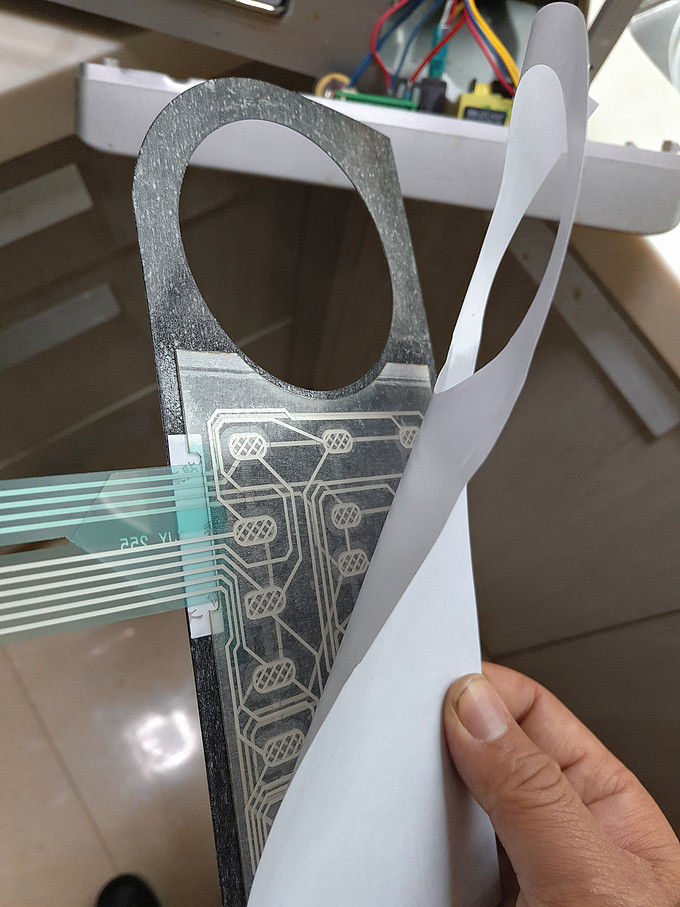
Open the device: First, you need to open the device, find the damaged membrane switch and remove it.
Replace the membrane switch: Replace the damaged membrane switch with a membrane switch of the same specification and model, and make sure the new switch is compatible with the circuit board of the device.
Connect the circuit: Plug the cable of the new switch into the circuit board, make sure the connection is correct, and then test it to ensure that the new switch can work properly.
Install the new switch: After testing, install the new switch back into the device and make sure it is firmly installed.
Common faults of membrane switches?
Before you repair a membrane switch, you first need to understand some common symptoms. Here are some of the problems you may encounter:
Switch insensitivity: The membrane switch may not respond when pressed, or it may require a lot of force to trigger the switch.
Switch does not stay stable: When the switch is pressed or released, it does not stay stable and switches frequently.
Keys get stuck or loose: The keys may get stuck or become loose, making it inconvenient to operate or unable to trigger normally.
Key failure: When the key is pressed, the switch does not respond at all and the corresponding action cannot be triggered.
How to repair membrane switches?
Depending on the symptoms of the failure, there are several common repair methods that can be taken:
Cleaning and lubrication: Membrane switches may fail due to the accumulation of dust, grease or other dirt. Use anhydrous alcohol or a special electronic cleaner to gently clean the switch surface and internal parts to ensure that the switch is clean. In addition, using some lubricants such as oil or grease in appropriate locations can improve the sensitivity and smoothness of the switch.
Adjust the elasticity of the key: If the switch key is not sensitive or requires a large force to trigger, you can consider adjusting the elasticity of the key. By opening the switch and adjusting the position of the spring or rubber gasket, you can increase or decrease the elasticity of the key to meet the requirements.
Replace the key or spring: If the keys are damaged, stuck or loose, the best solution is to replace them. Purchase original certified replacements and follow the instructions or video tutorials for proper installation.
Repair the circuit connection: Sometimes, the failure may be caused by a loose or disconnected circuit connection. Check the circuit connections around the switch to ensure that they are firm and reliable. If you find loose or disconnected connections, re-solder or replace the circuit connection parts.
Replace the entire membrane switch: If none of the above methods can fix the fault or the fault is too severe, the last option is to replace the entire membrane switch. Purchase a replacement that matches the original switch and follow the instructions or video tutorials for proper installation.
Membrane Switch Precautions?
In addition to repairing membrane switches, there are some preventive measures that can be taken to extend their life and reliability:
Regular cleaning and maintenance: Clean membrane switches regularly to prevent dust and dirt from accumulating. Use anhydrous alcohol or a special electronic cleaner to gently wipe the switch surface and internal parts to ensure that the switch remains clean.
Use the switch correctly: Avoid using too much force to press the switch to avoid damaging the switch spring or trigger mechanism. Also, avoid using the switch in a humid or hot environment, which may have an adverse effect on the normal operation of the switch.
Avoid excessive use: Avoid frequent repeated pressing or releasing of the switch to reduce mechanical wear and fatigue. If there is a need for a switch that needs to be used frequently, consider choosing a high-quality switch with a longer service life.
Proper wiring and design: When installing and wiring, pay attention to avoid external impact, pressure or tension on the switch. Properly design the layout to avoid squeezing, twisting or excessive bending of the switch.
Choose high-quality membrane switches: When purchasing membrane switches, choose high-quality products from reliable suppliers. These products generally have better mechanical strength, durability and stability, and can provide a longer service life.
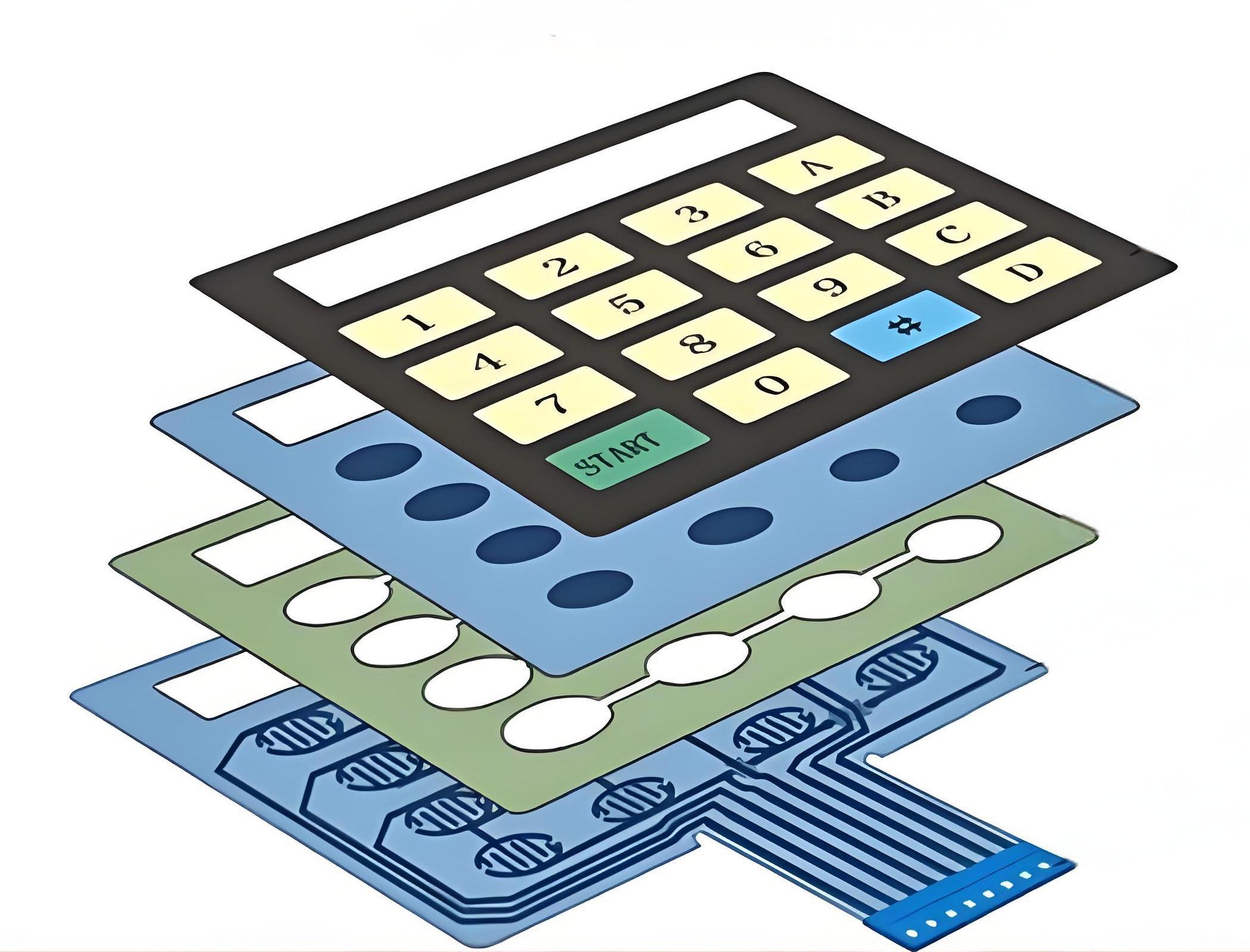
How to repair a membrane switch? To repair a membrane switch, you can first determine the type of fault, and judge it by observation, touch and multimeter detection. Then disassemble the membrane switch, check and determine the specific fault location and cause, and then repair it, such as repairing the conductive layer with conductive ink, ...
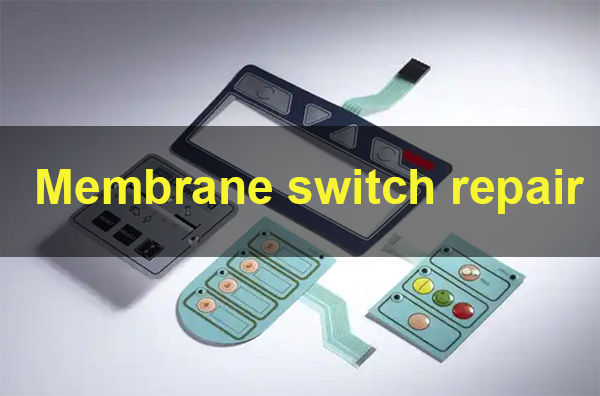
Membrane switch repair? During the use of membrane switches, they are usually affected by some factors and fail. So what are the common repair methods for membrane switches? First, if the membrane switch fails due to significant external impact or long-term wear, it may be necessary to replace the entire membrane switch. This usually involves ...
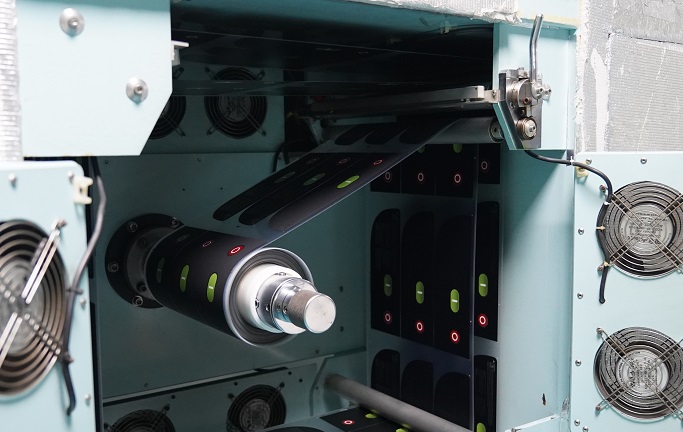
Electronic products in daily life often incorporate membrane switches. Currently, membrane switches offer many advantages over traditional switches, mitigating some of the drawbacks associated with them. For instance, regarding lifespan, membrane switches generally have a longer lifespan compared to traditional switches. Additionally, their usage is convenient, and they boast a high safety factor with a ...
Tags:

What is LED touch sensor switch? capacitive touch switch
The LED touch sensor switch is an electronic component that combines an LED light and a touch sensor. It controls the on and off of the LED light by touching it, achieving energy-saving and convenient lighting control. It uses capacitive sensing technology to detect human proximity or touch, thereby controlling the on and off of ...
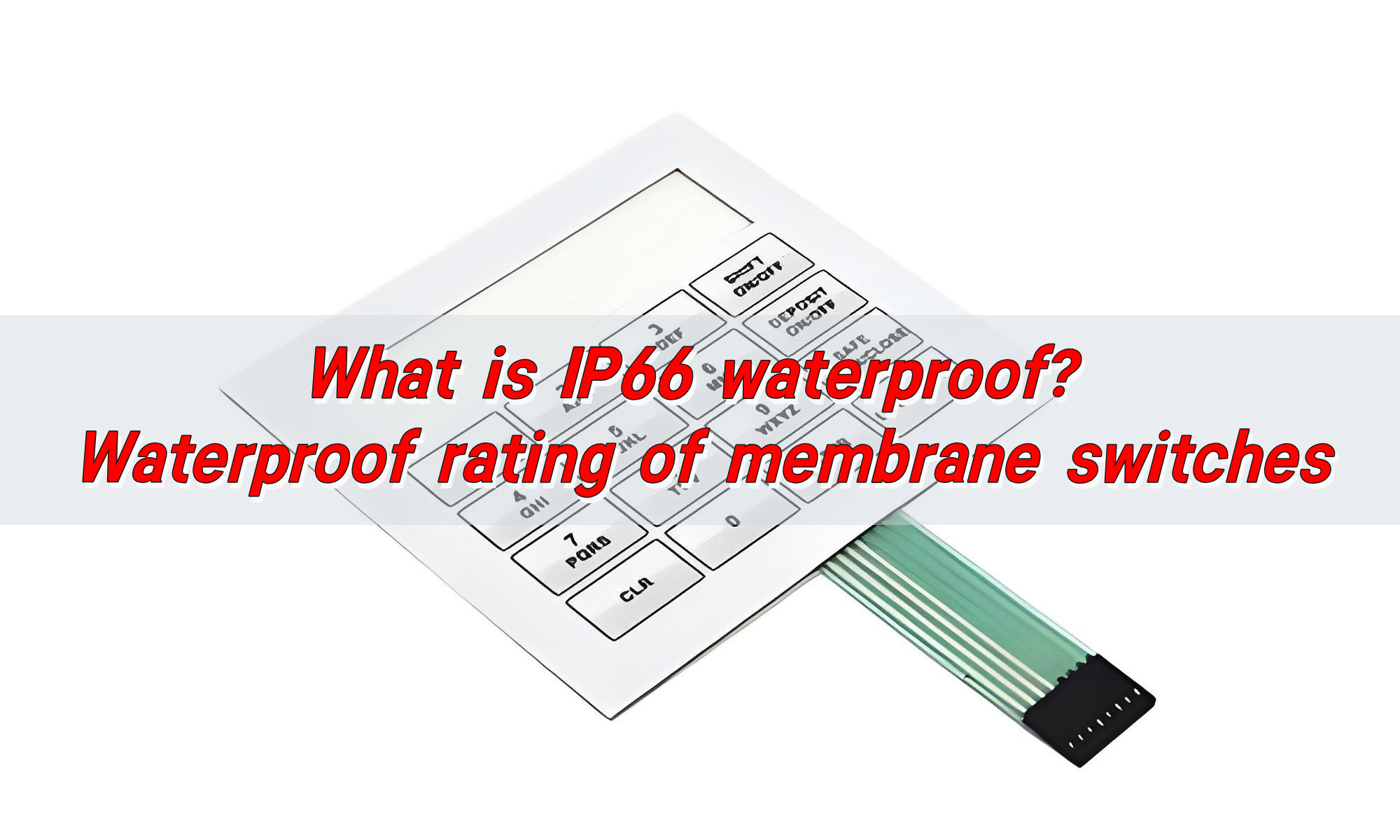
What is IP66 Waterproof? Waterproof Rating of Membrane Switches
The IP66 waterproof rating means that the device is completely protected from dust ingress and can withstand strong water jets. The waterproof rating of membrane switches can usually reach IP67, which is achieved through special processes and materials to ensure its reliability in humid or rainy environments. This performance makes membrane switches suitable for scenes ...

Why are flexible membrane switches a popular choice in modern electronics?
Flexible membrane switches are popular in modern electronic products due to their flexibility, thinness and economy. They not only adapt to complex curved surfaces and achieve flexible design, but also have environmental adaptability such as waterproof and dustproof. In addition, they support multi-function integration, such as LED indicators and sound feedback, to enhance user experience. ...
Contact us online